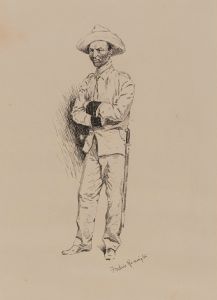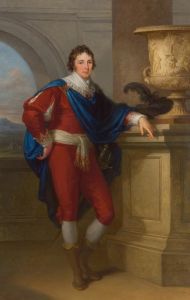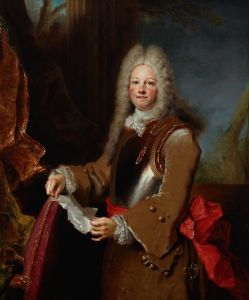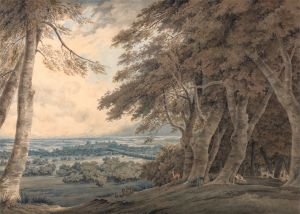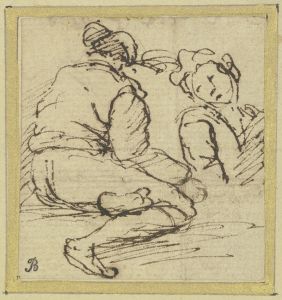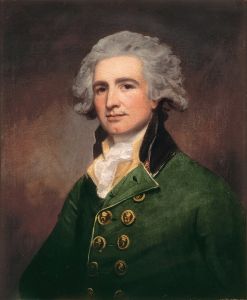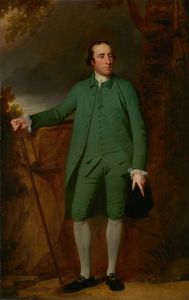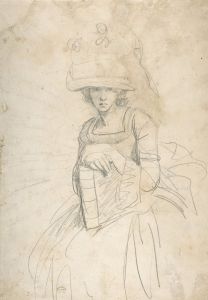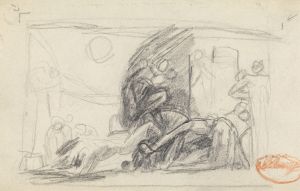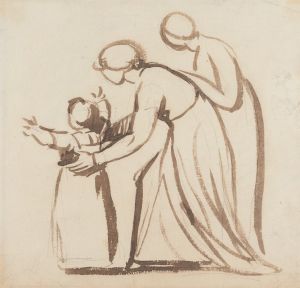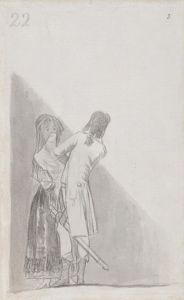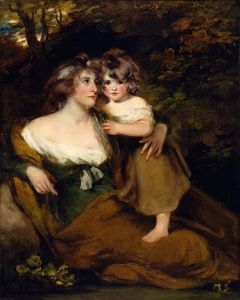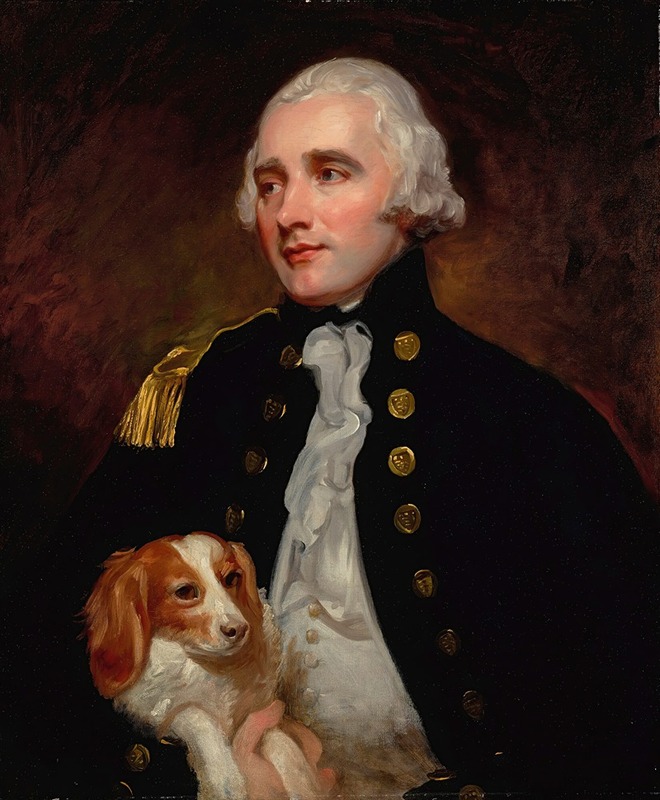
Portrait Of An Officer Of The Corps Of Engineers, Half-Length, Formerly Identified As Sir George Grey
A hand-painted replica of George Romney’s masterpiece Portrait Of An Officer Of The Corps Of Engineers, Half-Length, Formerly Identified As Sir George Grey, meticulously crafted by professional artists to capture the true essence of the original. Each piece is created with museum-quality canvas and rare mineral pigments, carefully painted by experienced artists with delicate brushstrokes and rich, layered colors to perfectly recreate the texture of the original artwork. Unlike machine-printed reproductions, this hand-painted version brings the painting to life, infused with the artist’s emotions and skill in every stroke. Whether for personal collection or home decoration, it instantly elevates the artistic atmosphere of any space.
"Portrait of an Officer of the Corps of Engineers, Half-Length, Formerly Identified as Sir George Grey" is an oil painting by the British artist George Romney (1734–1802). Romney was one of the most prominent portrait painters of his time, known for his elegant and expressive depictions of British society during the late 18th century.
This particular painting portrays an unidentified officer of the Corps of Engineers, a branch of the British Army responsible for military engineering and fortifications. The subject is depicted in a half-length pose, wearing a military uniform that reflects his rank and affiliation. The identity of the officer was previously believed to be Sir George Grey, a British soldier and politician, but this attribution has since been reconsidered, and the sitter's true identity remains unknown.
The painting exemplifies Romney's skill in capturing the character and dignity of his sitters. The officer's uniform and posture convey a sense of authority and professionalism, while the artist's use of light and shadow adds depth and realism to the composition. Romney's portraits often emphasized the individuality of his subjects, and this work is no exception, despite the lack of definitive information about the sitter.
As with many of Romney's works, this painting reflects the artistic trends of the Georgian era, characterized by a focus on portraiture and an interest in the personal and professional achievements of the British elite. Romney's ability to combine technical precision with a sense of intimacy made him a sought-after portraitist among the upper classes.
The painting's current location and ownership are not widely documented, and further research may be needed to clarify its provenance and exhibition history. It remains an example of Romney's contribution to British portraiture and his ability to capture the essence of his subjects within the context of their social and professional roles.





